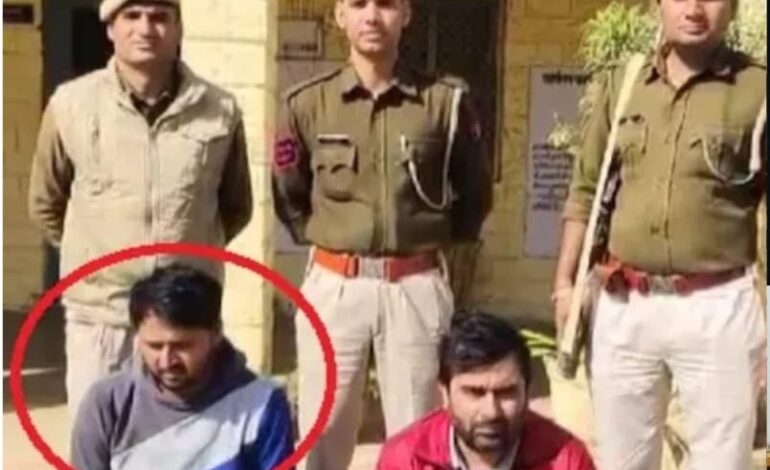
In a story that reads more like a spy thriller than reality, a Pakistani youth’s highly sophisticated operation through which he managed to infiltrate into vast regions of India has been uncovered—exposing a shocking vulnerability in India’s security systems. Vinay Kapoor, a name that could have easily slipped through the cracks, managed to travel across borders, acquire false identities, and even participate in a major event attended by Prime Minister Narendra Modi, though any routine inspection should have exposed him to the authorities as an illegal infiltrator . This alarming tale has now become a cautionary real life example for both authorities and the public.
The 22-year-old Pakistani national entered India through Nepal, a route increasingly becoming a preferred method for those seeking to bypass India’s tight border controls. What initially seemed like a run-of-the-mill illegal border crossing quickly turned into a far more complex and troubling situation. Kapoor didn’t just sneak into the country; he built a new identity from the ground up, thanks to an elaborate network of accomplices.
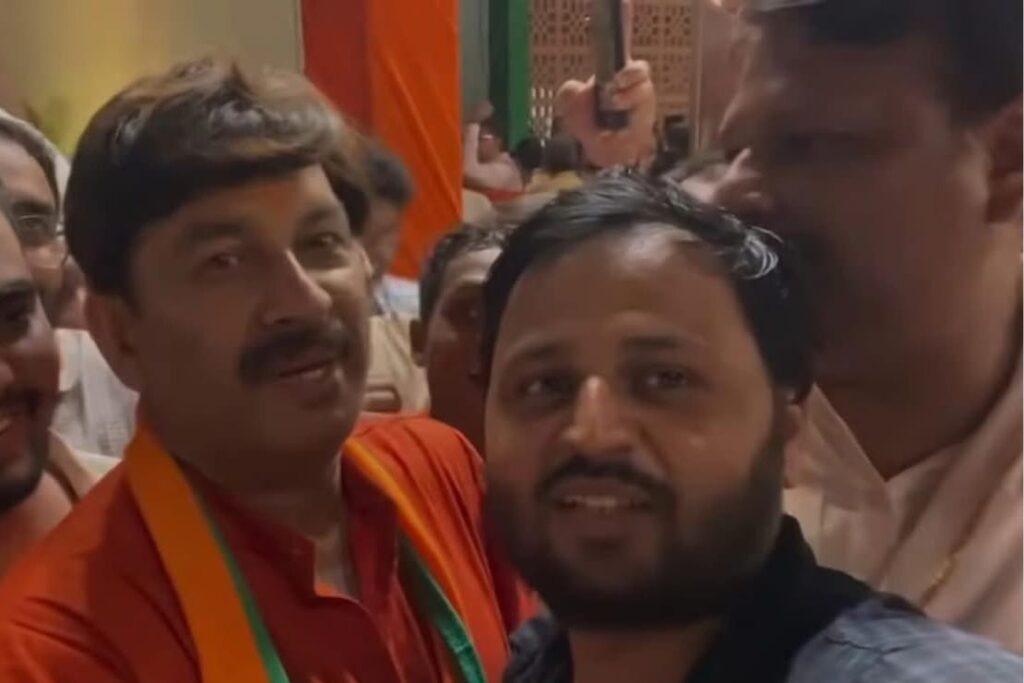
According to initial revelations from the investigations Kapoor has been living in India close to two years and had travelled to various parts of the country including Thiruvananthapuram in Kerala , Goa , Delhi and Rajasthan . All these extended visits are recorded rather publicly in his YouTube and other social media accounts. But the elaborate preparations and operations that made this possible is what makes Kapoor an amazing shadow infiltrator.
Upon entering India, Kapoor made his way to Ghaziabad, Uttar Pradesh, where, with the help of a local contact named Sachin, he managed to create a fake Aadhaar card—a crucial piece of documentation that grants access to banking, government services, and even mobility within the country. This single piece of fraudulent identification allowed Kapoor to open bank accounts in at least four different financial institutions, further cementing his new identity in the system.
But the plot thickens. Kapoor didn’t just vanish into the shadows after acquiring his fake ID. In fact, he decided to plant himself in Jaisalmer, Rajasthan, where he lived for a considerable period of time, posing as a visitor in a rented house. During his time there, Kapoor didn’t stay hidden; he mingled with locals and even made contact with distant relatives, blending into the community.
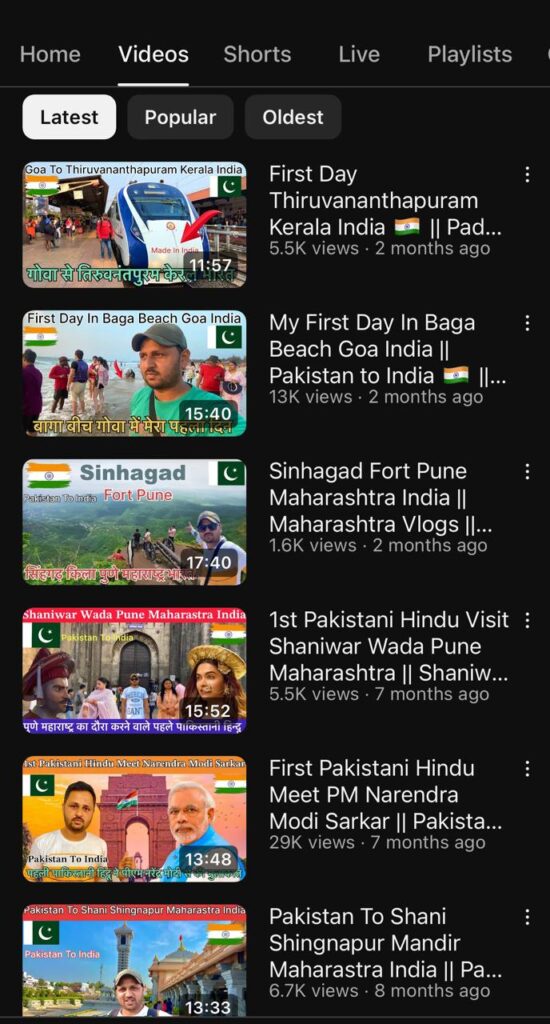
But it wasn’t just the manner and scale of his lifestyle, social interactions and operations that raised eyebrows. It was also the thorough failure of the much touted Indian security system to detect him in time . It was only after his brazen participation in a high-profile event that finally made the authorities wake up and take notice of this master trickster.
In a twist straight out of a high-stakes espionage operation, Kapoor attended an event where none other than Prime Minister Narendra Modi was present. How does an illegal foreign national, traveling under a fake identity, manage to attend such a significant national event without raising suspicion? That question now stands at the heart of the investigation.
This unprecedented breach of security forces us to ask: What was he doing there? Was it merely a fluke, or did he have larger intentions? Was it a dry run to gauge India’s vulnerability, or perhaps a more sinister mission? These unanswered questions fuel growing concern over the methods by which foreign nationals are slipping through the cracks. Kapoor’s ability to integrate so smoothly into society, even participating in events of national importance, underscores just how sophisticated modern-day infiltration methods have become.
It wasn’t until Kapoor’s actions raised suspicion during the PM’s event that authorities took action. Investigations swiftly revealed the full scope of his operation, culminating in his arrest. Alongside Kapoor, Sachin, the individual who facilitated the creation of the fake Aadhaar card, was also taken into custody. The duo’s ability to manipulate India’s identification systems, open bank accounts, and even attend high-profile events highlights the stark vulnerabilities in national security.

But beyond the arrest, this case serves as a wake-up call. It’s not just about one individual crossing the border; it’s about how many more like him might be lurking in the shadows, ready to exploit any loopholes they can find. The scale of the operation is a reminder that even in the digital age, with all the technological advancements at our disposal, the threat of infiltration remains a constant battle.
This incident stands as a clear indicator that India’s national security has very many loopholes and vulnerabilities . It has exposed why big statements about superior security power is not enough to buildup actual and effective security systems. Clearly, in today’s world the security apparatus must evolve faster than the threats. With borders increasingly becoming porous and technology advancing at breakneck speeds, authorities need to rethink and strengthen their methods of border surveillance and identity verification. After all, if a man can attend an event with the Prime Minister of India without being detected, what other risks might be slipping through the cracks?


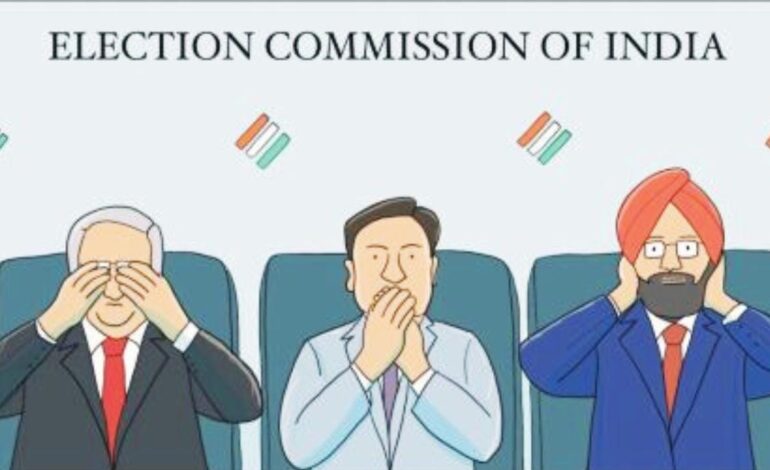
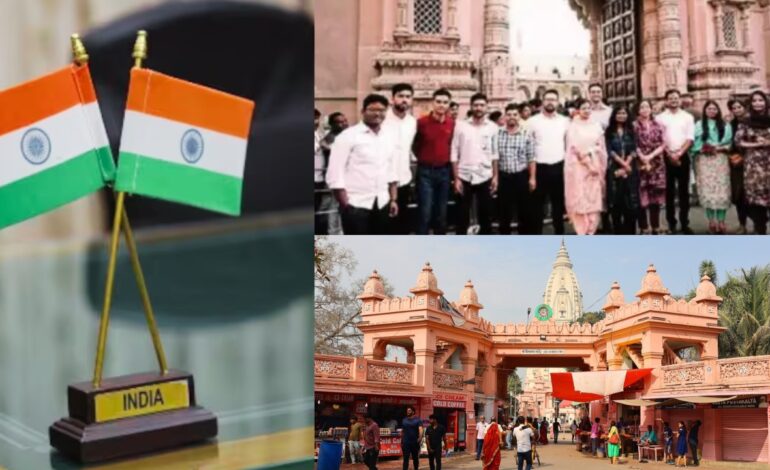

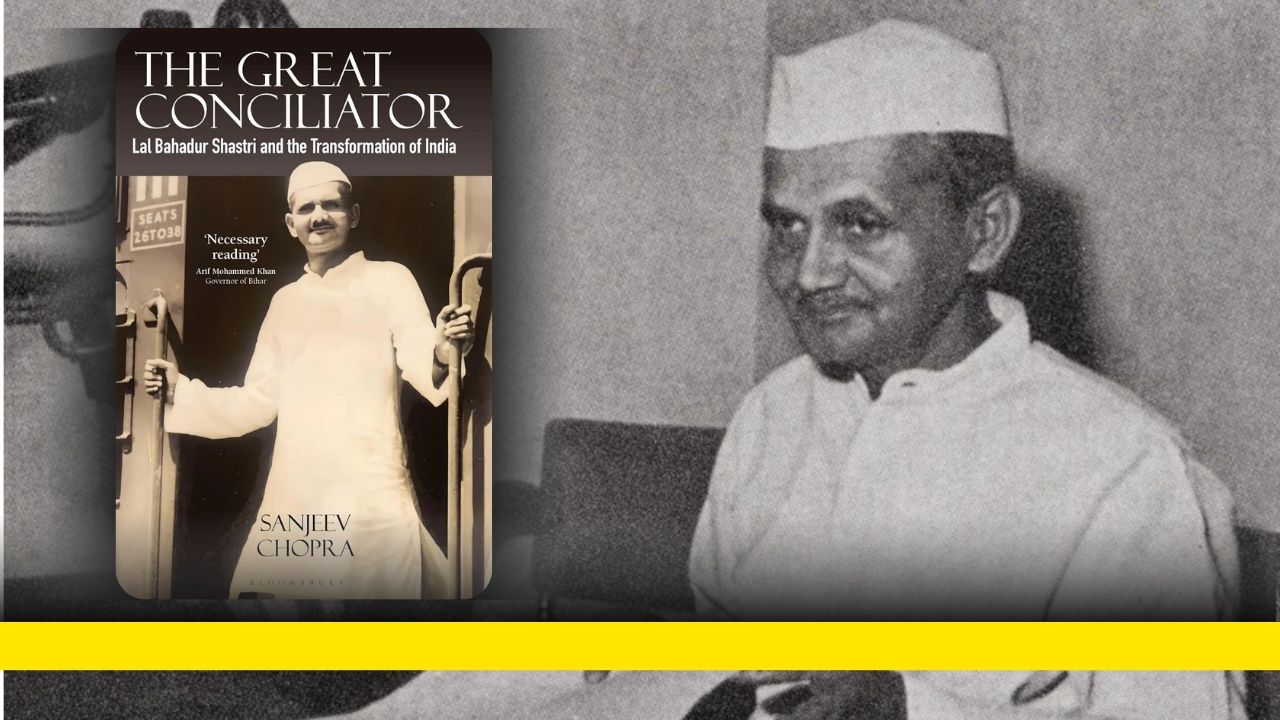
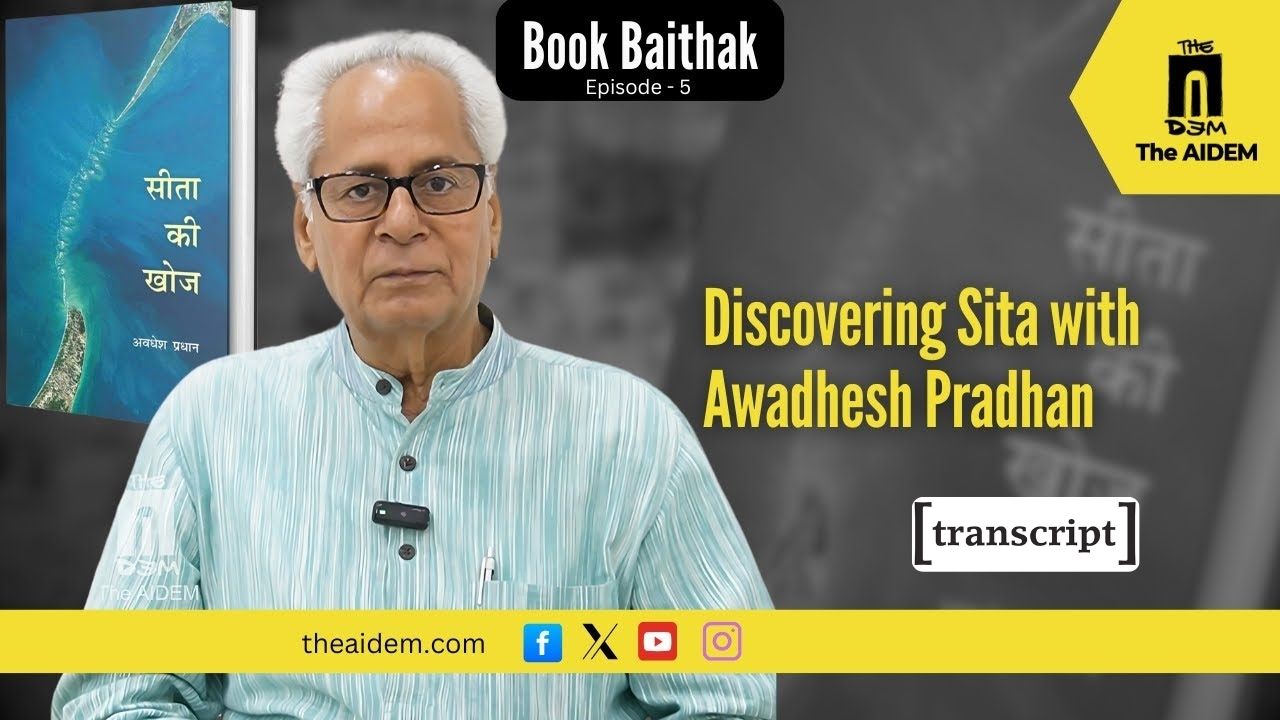

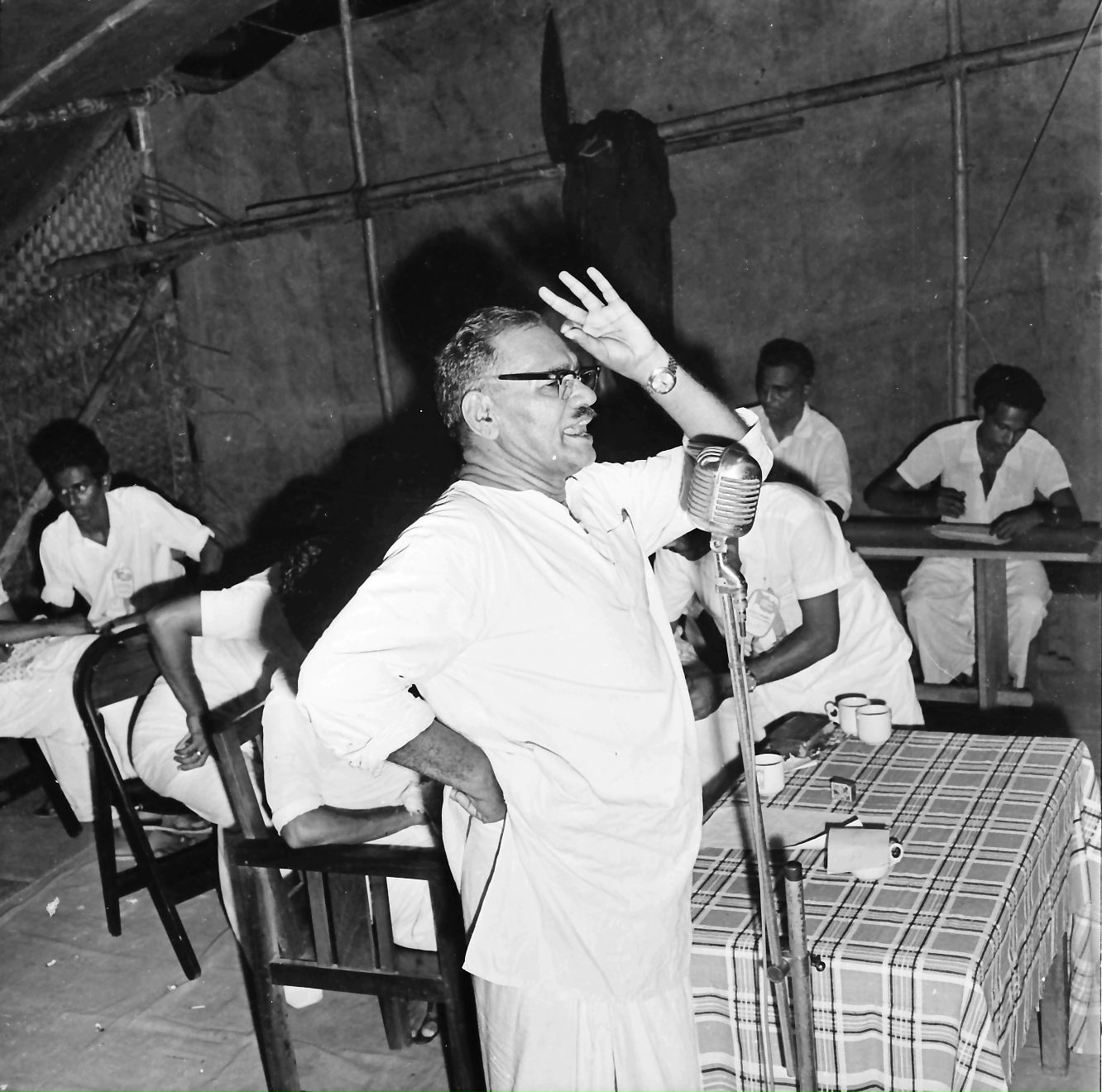



Surgical attack by a common man of Pakistan?😏
Why is this not being discussed by the Arnab Goswami’s of the world ? Is it because 56 inches would look smaller ?